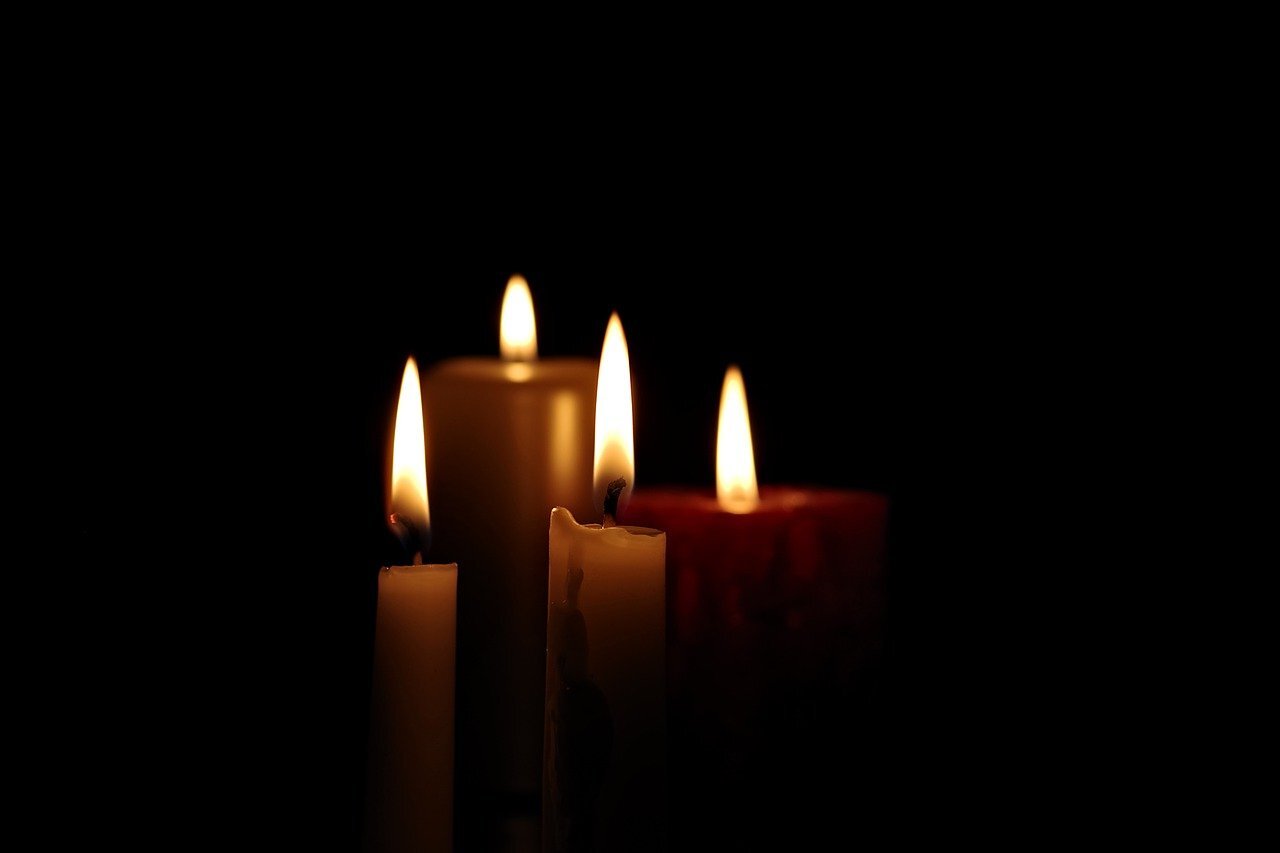
All Souls’ Day is a special day for many people around the world. Celebrated on November 2nd, it honors the souls of the faithful departed. This day follows All Saints’ Day and is part of the Hallowtide season. Catholics believe that prayers and masses on this day help cleanse the souls in Purgatory, aiding their journey to Heaven. Traditions vary globally, from lighting candles in cemeteries to preparing special meals. In Mexico, it coincides with Día de los Muertos, a vibrant celebration of life and death. Understanding these customs can deepen our appreciation for this meaningful observance.
What is All Souls’ Day?
All Souls’ Day is a special day for remembering and praying for the souls of the deceased. Celebrated on November 2nd, it follows All Saints’ Day and is a significant observance in many Christian traditions.
-
Origin: All Souls’ Day originated in the 10th century. It was established by St. Odilo of Cluny, a Benedictine abbot, to pray for the souls in purgatory.
-
Purpose: The day is dedicated to praying for the souls of the faithful departed, especially those in purgatory, to help them reach heaven.
-
Date: All Souls’ Day is observed on November 2nd, unless it falls on a Sunday, in which case it is celebrated on November 3rd.
Traditions and Customs
Different cultures have unique ways of observing All Souls’ Day. These customs often reflect local beliefs and traditions.
-
Masses: Special masses are held in churches where the names of the deceased are read aloud, and prayers are offered for their souls.
-
Candles: Lighting candles on graves is a common practice. The light symbolizes the hope of eternal life and the presence of the deceased in the lives of the living.
-
Flowers: Many people place flowers on graves. Chrysanthemums are particularly popular in Europe as they symbolize death and mourning.
-
Food Offerings: In some cultures, food is left on graves or altars as offerings to the deceased. This practice is common in Mexico and parts of Europe.
Cultural Variations
All Souls’ Day is celebrated differently around the world, with each culture adding its unique touch.
-
Mexico: Known as Día de los Muertos, the day is marked by vibrant celebrations, including parades, music, and elaborate altars called ofrendas.
-
Philippines: Filipinos observe All Souls’ Day by cleaning and repairing family graves, lighting candles, and holding overnight vigils at cemeteries.
-
Italy: Italians visit cemeteries to clean graves and leave fresh flowers. In some regions, they also prepare special foods like ossa dei morti (bones of the dead) cookies.
-
Poland: Known as Zaduszki, Poles light candles and leave food on graves. The day is also marked by church services and family gatherings.
Religious Significance
All Souls’ Day holds deep religious significance for many Christians, particularly in the Catholic Church.
-
Purgatory: The day emphasizes the belief in purgatory, a state where souls undergo purification before entering heaven.
-
Indulgences: Catholics believe that indulgences can be earned on All Souls’ Day by visiting a church or cemetery and praying for the dead.
-
Prayers: Special prayers, such as the Office of the Dead, are recited to aid the souls in purgatory.
Modern Observances
Even in contemporary times, All Souls’ Day remains an important observance for many people.
-
Digital Memorials: With the advent of technology, digital memorials and online tributes have become popular ways to remember loved ones.
-
Community Events: Many communities organize events like candlelight vigils, memorial services, and charity drives in honor of the deceased.
-
Personal Reflection: For some, the day is a time for personal reflection, visiting graves, and spending time with family.
Interesting Facts
Here are some lesser-known facts about All Souls’ Day that might surprise you.
-
Halloween Connection: All Souls’ Day is part of the triduum of Allhallowtide, which includes Halloween (All Hallows’ Eve) and All Saints’ Day.
-
Eastern Orthodox Church: While primarily a Western Christian observance, the Eastern Orthodox Church also has several days throughout the year dedicated to remembering the dead.
-
Literary References: All Souls’ Day has been referenced in various literary works, including James Joyce’s "The Dead" and T.S. Eliot’s "Murder in the Cathedral."
Reflecting on All Souls' Day
All Souls' Day, celebrated on November 2nd, holds deep significance for many around the world. This day, dedicated to remembering and praying for the departed, bridges cultural and religious practices. From lighting candles to visiting graves, traditions vary but share a common thread of honoring loved ones who have passed away. The customs, whether solemn or festive, reflect a universal desire to connect with those no longer with us. Understanding these practices enriches our appreciation of different cultures and their ways of dealing with loss. So next time November 2nd rolls around, take a moment to reflect on the meaning behind All Souls' Day. It’s a reminder of the enduring bond between the living and the dead, and the importance of remembrance in our lives.
Was this page helpful?
Our commitment to delivering trustworthy and engaging content is at the heart of what we do. Each fact on our site is contributed by real users like you, bringing a wealth of diverse insights and information. To ensure the highest standards of accuracy and reliability, our dedicated editors meticulously review each submission. This process guarantees that the facts we share are not only fascinating but also credible. Trust in our commitment to quality and authenticity as you explore and learn with us.


